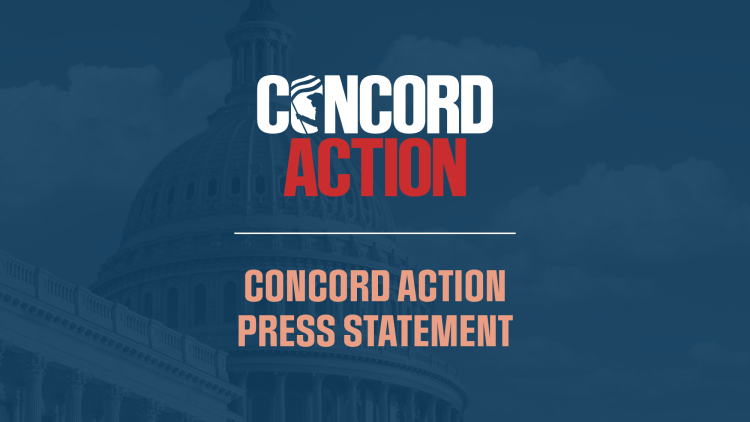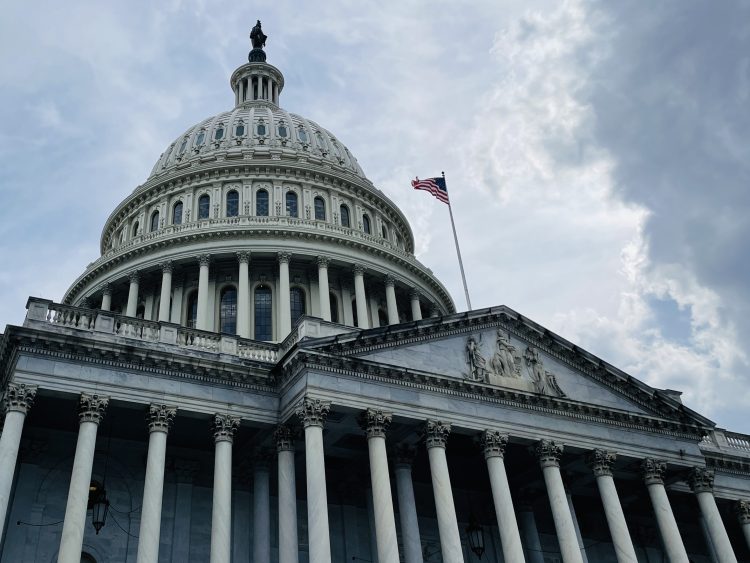Even though Tax Day, April 15, has come and gone, Congress remains focused on tax policy – including extending portions of the 2017 Tax Cuts and Jobs Act (TCJA) that are scheduled to expire at the end of 2025. According to the Joint Committee on Taxation, extending these tax policies will reduce revenue, and increase the debt, by $4.6 trillion over ten years. Congress is working to advance these tax cuts through a process known as budget reconciliation, which will dominate Congressional budget deliberations for the next several months and determine whether and by how much deficits and debt will continue to grow into the future.
Simply put, budget reconciliation is a special process that makes legislation easier to pass in the Senate. The budget reconciliation process is not subject to the filibuster, so the reconciliation bill only needs a simple majority of 51 votes to pass in the Senate – it takes 60 votes to end a filibuster. The reconciliation process begins with the passage of a budget resolution which sets targets for total revenue, spending, deficits, and debt. The budget resolution also includes instructions for committees including how much each committee can either add to or reduce the Federal deficit and debt.
The Fiscal Year 2025 concurrent budget resolution passed by the House and Senate last month sets different targets for the two chambers in its reconciliation instructions. The House has a target of increasing the deficit by “only’ $2.8 trillion (see table below). This means that House Committees need to identify $1.7 trillion in budget reductions or revenue increases to partially offset the cost of tax reductions included in their plan. The Senate reconciliation instructions only require $4 billion (yes, billion not trillion) in offsets and would increase the deficit by $5.8 trillion compared to current law projections of the deficit if the tax cuts were allowed to expire.
|
House and Senate Budget Reconciliation Instructions |
||||
|
Dollars in Billions |
||||
| House | Senate | |||
| Deficit Reduction Assigned to Committees | -$1,502 | -$4 | ||
| Unspecified Deficit Reduction | -$498 | $0 | ||
| Deficit Increases Assigned to Committees | $300 | $521 | ||
| Debt Change | -$1,700 | $517 | ||
| Tax Reductions (Debt Increase) | $4,500 | $5,300 | ||
| Total Debt Change | $2,800 | $5,817 | ||
| Note: Net Debt Increase is relative to the “CBO Current Law Baseline” in which the expiring tax cuts and associated increased revenue are part of the baseline. As such, extending the tax cuts reduces revenue and increases debt. The Senate instructions use a “Current Policy Baseline” which shows a debt increase of only $2.0 billion. The Senate baseline assumes that the cost of the expiring tax cuts has already been reflected in the baseline, which it has not. | ||||
| Source: Concord calculations based on the CRFB estimates. | ||||
| Source: https://www.crfb.org/blogs/whats-senates-concurrent-fy-2025-budget | ||||
The House reconciliation process kicked into full gear last week with House Committees beginning to markup their allocations from the Budget Resolution. The following committees have completed their budget markups:
- Armed Services Committee,
- Homeland Security Committee,
- Education and Workforce Committee,
- Natural Resources Committee
- Financial Services Committee
- Oversight Committee, and
- Transportation and Infrastructure Committee.
Current estimates from the Committee for a Responsible Federal Budget indicate that, when combined, these committees have produced net deficit reduction of about $213 billion. While significant, that total falls about $1.5 trillion short of the target of offsetting the cost of the tax cuts by $1.7 trillion. Where will the rest of the debt reduction come from?
The largest debt reduction component in the House reconciliation instructions is an $880 billion, 10-year spending reduction assigned to the Energy & Commerce committee. This is the committee with jurisdiction over the Medicaid program, which is the only program the committee oversees that is large enough to absorb cuts of this magnitude. Energy & Commerce also has jurisdiction over portions of Medicare, which has been excluded from proposed reconciliation cuts so far. There is considerable disagreement among Republicans about the size and structure of potential Medicaid cuts. The House leadership is looking at the week of May 12 for the Energy and Commerce committee to finalize the Medicaid proposals, though that timeline could get pushed back further.
House leadership also wants the Agriculture committee to lock in its $230 billion in budget reductions by May 12, which could largely come from the Supplemental Nutrition Assistance Program (SNAP – also known as food stamps). In sum, the details of over $1.1 trillion of the budget reductions called for in the House reconciliation instructions are scheduled to be identified over the next two weeks with the focus on two politically popular pillars of the social safety net – Medicaid and food stamps.
Finally, the House Reconciliation instructions include $498 billion in unspecified cuts in order to meet the deficit increase target of $2.8 trillion. Unspecified cuts are a common budget gimmick that make budget plans appear more fiscally responsible. If these reductions are not fully identified, then the House reconciliation package will potentially increase the deficit by more than $3 trillion.
Returning to the revenue side of the budget ledger, the House Ways and Means committee is also targeting the week of May 12 to finalize the $4.5 trillion in tax cuts. The cost of the tax bill could increase, further driving up the debt, if additional provisions that have been discussed are included in the bill such as no tax on tips, no tax on overtime or reducing taxes on social security benefits.
While there is broad support among Republicans for extending most of the 2017 tax cuts, there are some provisions that are generating debate. The most contentious provision among Republicans is the extension of the $10,000 cap on the deduction of state and local taxes (commonly known as the SALT deduction). The SALT deduction cap was included in the 2017 tax cut legislation to reduce the overall cost of the bill. Removing the SALT deduction cap is a priority for Republicans from states with high state and local taxes, such as California and New York. According to the Committee for a Responsible Federal Budget, eliminating the SALT deduction cap would cost an additional $1.2 trillion over ten years.
Overall, with substantially different deficit limits for the House ($2.8 trillion) and Senate ($5.8 trillion), there are several areas of risk that could bring the cost of the House actions closer to the Senate number including: not meeting the large expenditure reduction targets for Medicaid and SNAP, failing to identify $500 billion in unspecified cuts, adding new tax reductions, and modifying the or eliminating the SALT deduction cap.
Continue Reading












